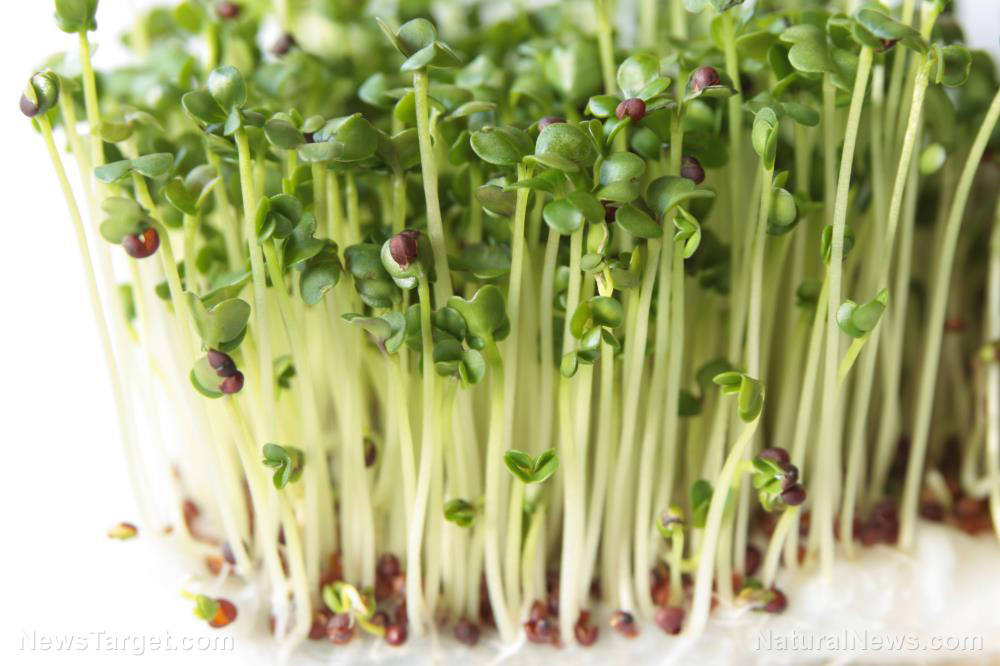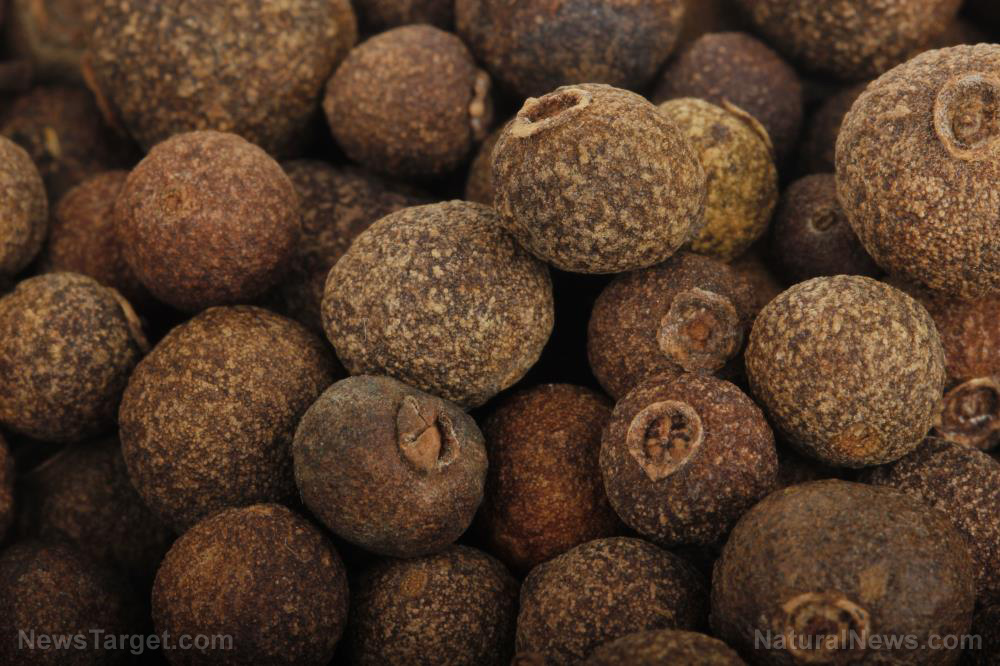
Most microgreens feature a central stem, two developed "cotyledon" leaves (leaves contained in the seed) and another pair of young "true" leaves. Depending on the variety, microgreens can be consumed within seven to 21 days after germination.
Here are some examples of microgreens from different vegetables that can be grown at home and eaten:
- Amaranthaceae family: Amaranth, beets, quinoa, spinach and Swiss chard
- Amaryllidaceae family: Garlic, leek and onion
- Apiaceae family: Carrots, celery, dill and fennel
- Asteraceae family: Chicory, endive, lettuce and radicchio
- Brassicaceae family: Arugula, broccoli, cabbage, cauliflower, kale, radish and watercress
- Cucurbitaceae family: Cucumber, melon and squash
- Fabaceae family: Alfalfa
In spite of their size, microgreens are packed with fiber, vitamins, minerals and phytonutrients. Microgreens can have up to 40 times more nutrition than adult plants of the same species.
According to a study published September 2021 in the Journal of Future Foods, the nutrient content of microgreens in concentrated. This means that microgreens contain higher levels of antioxidants, vitamins and minerals vis-a-vis their full-grown counterparts. (Related: Mighty microgreens: Young vegetables found to be full of minerals.)
Growing microgreens is easy
Microgreens are easy to grow in both indoor and outdoor settings. Microgreen seeds can be purchased from both online retailers and physical garden stores.
Growing them for personal consumption does not require specialized equipment, only a simple setup that protects the tiny plants from wind and rain.
Microgreens are pretty flexible, and they will grow well on a sunny windowsill. For maximum growth, they need four to six hours of sunshine a day. For places that seldom see sunlight, a simple LED grow light will suffice. Experienced microgreen growers use gooseneck grow lights and grow light panels in shaded houses.
Freezing temperatures, however, are bad for microgreens. In locations where temperatures rarely dip below freezing, an unheated greenhouse will be good for microgreens. Otherwise, the use of heating pads is advised to help prevent the microgreens from freezing.
If the microgreen sprouts are leggy or pale, they need to be exposed to more light. If they wilt over, they require more water.
Different species of microgreens also require different kinds of treatment.
Large seeds like peas and sunflowers benefit from pre-soaking six to 10 hours before sowing. Popcorn microgreens are super sweet if grown in the dark, and they are ready for harvest in just eight days. Basil seeds, meanwhile, must have good strong light to grow.
Other microgreens are ready to harvest when they are either one to three inches tall or they have their first pair of true leaves. This process could take up to a month when they are grown in a sunny window, and as little as 10 days under a grow light. Use scissors to snip them off at the soil line.
Once harvested, microgreens need to be washed before they can be consumed. Any leftover microgreens can be stored in the refrigerator, and washed prior to eating.
Head over to Superfoods.news for more stories about microgreens.
Watch this video that discusses how to grow microgreens from start to finish.
This video is from the Prevent Global Genocide channel at Brighteon.com.
More related stories:
Sprouts vs. microgreens: Is one healthier than the other?
Powerful, inexpensive nutrition at home: Microgreens are easy to grow.
Here’s why you should eat alfalfa microgreens, the :"King of all foods."
Grow microgreens in your own home with these simple steps.
Sources include:
Please contact us for more information.























